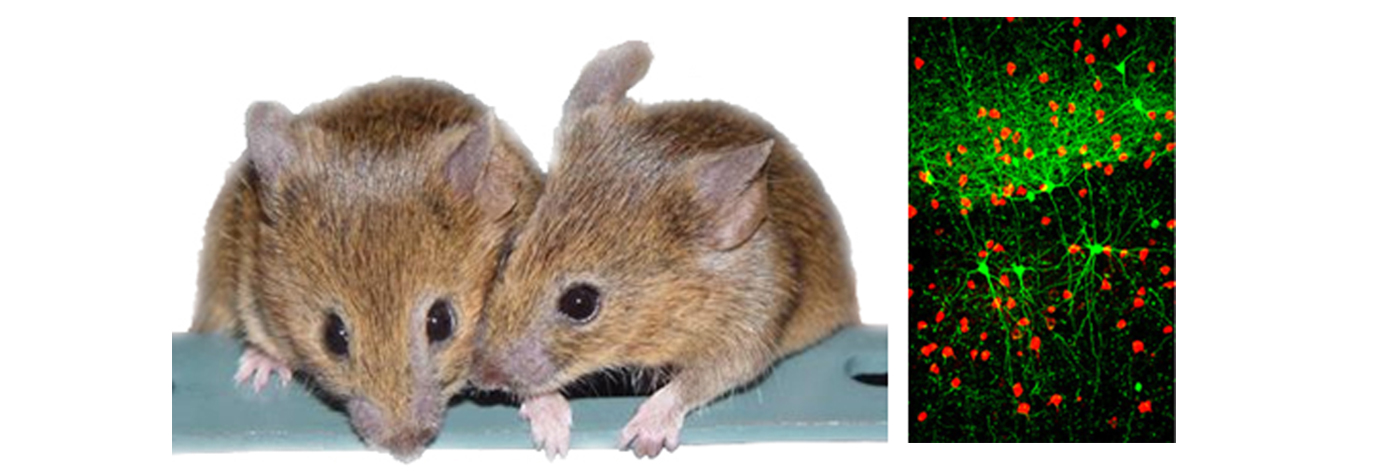Our goal is to understand the molecular, cellular, and circuitry mechanisms underlying how the brain generates appropriate behavior in responding to internal and external cues.

Introduction
Understanding the neural codes for behavior is the ultimate goal of neuroscience. Our multidisciplinary approach—which includes whole brain multi-electrode EEG systems, in vivo spike recording, deep brain calcium imaging, and two-photon calcium imaging complemented with optogenetic and classical genetic tools—we can observe animals’ neuronal dynamics and long range neural connectivity in regard to cognition. Such clues facilitate our collective understanding of how the brain dynamically modulates behavior under various environmental conditions.
Areas of interest include:
- Understanding the synaptic mechanism of memory
- Exploring the molecular mechanism of parental behaviors
- Using two-photon calcium imaging to understand visual processing
- Understanding the cellular and circuitry mechanism of behavior generation
- Elucidating the neuronal circuitry related to such neurological disorders as autism, Parkinson’s, schizophrenia, and depression
- Studying the molecular mechanism of cortical and hypothalamic development
- Elucidating the role of hypothalamic neural stem cells in aging
- Utilizing deep brain activity mapping and whole brain multi-site recording to unlock the neural codes behind various behaviors


